Aussies snubbed by ‘world’s best restaurants’
Aussies have been snubbed by this year’s ranking of the “world’s best restaurants”, as it’s revealed that not one Australian eatery made the cut.
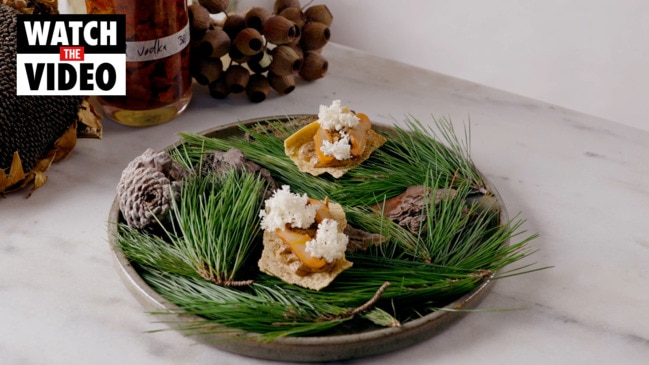
Lifestyle
Don't miss out on the headlines from Lifestyle. Followed categories will be added to My News.
Aussies have been snubbed by this year’s ranking of the “world’s best restaurants”, as it’s revealed that not one Australian eatery made the cut.
Each year, the international brand known as “50 Best” releases its ranking of the world’s 50 best restaurants, based on the “opinions and experiences of 1080 international restaurant industry experts” — and it usually raises a few eyebrows.
Last year, Australia failed to take out a spot on the 1-50 list, but got a surprise mention on the long-list of 1-100 restaurants with Melbourne’s Gimlet at Cavendish House, which came in at number 84.
This year, though, Australia experienced its worst-ever outcome since the awards began.
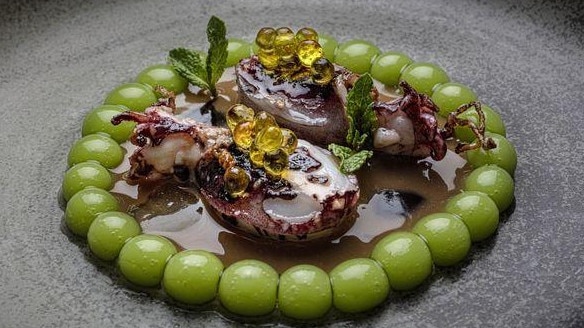
According to the results, which were released from Spain overnight, not one Aussie restaurant — not Hubert’s in Sydney or Vue de Monde in Melbourne — made the cut.
Australia’s best representation came from Perth-born chef Dave Pynt, whose Singapore barbecue institution Burnt Ends placed 65th on the 1-100 ranking.
Gimlet was deemed no longer worthy of a mention, while Peruvian restaurant Central, in Lima, was dubbed the new “best restaurant in the world”.
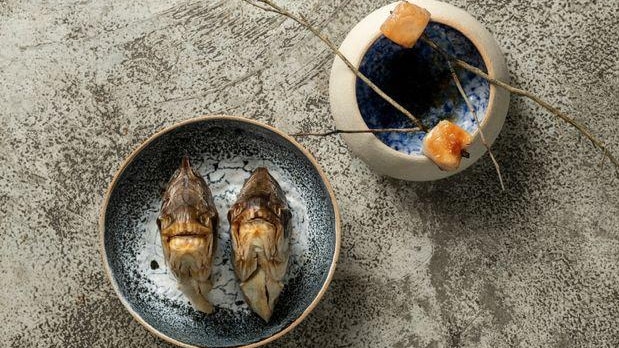
Photos on the 50 Best website, perhaps unsurprisingly, showed lots of very tiny dishes elegantly piled up on clay, gold or glass plates.
The results have rekindled an ongoing debate over what makes a good restaurant in the eyes of the judges.
According to the World’s 50 Best website, each of its academy members voted for between six and 10 restaurants in 2023, depending on their ability to travel internationally. They were required to have eaten in the restaurant in the past 18 months, either as a PR-funded free meal or independently, while no more than six nominations could be located in the voter’s home region.
Some experts say that the method preferences restaurants in Europe, where the critics are more likely to live and travel, while the US gets a head start because it’s split into three different regions rather than one.
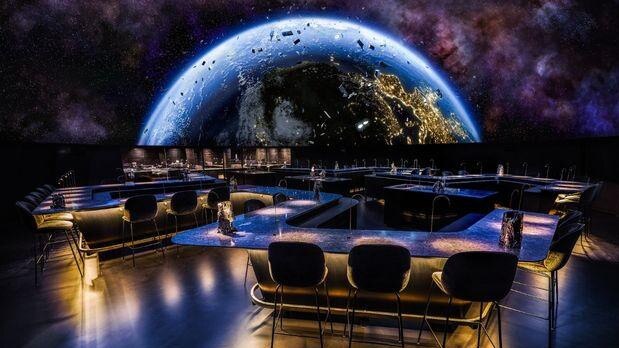
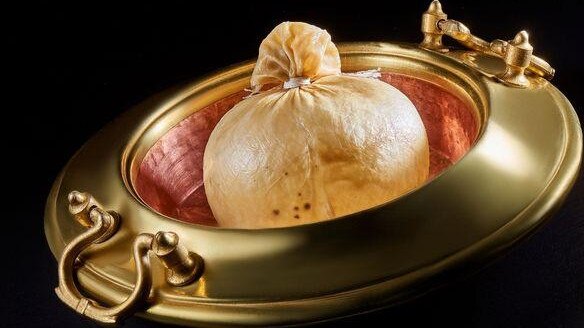
Melbourne-based food critic Besha Rodell, for instance, told Nine newspapers: “Australian food is better than it has ever been right now.
“I’ve eaten at a significant percentage of places on that Top 50 list and there’s no way that there are not restaurants in Australia and New Zealand that are equal to or better than many of those.
“It’s just really disappointing to see a lack of representation at a time when our food is so strong. It feels like going backwards.”
Other than the slews of European destinations, there was a smattering of “Bests” in South America and some new entrants from Mexico, Colombia and the United Arab Emirates.
The biggest climber, Atomix — a small owner-run Korean restaurant in New York — rose an impressive 25 spots to number eight.
Originally published as Aussies snubbed by ‘world’s best restaurants’





